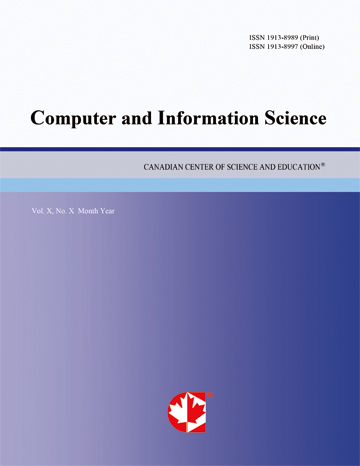MiniWarner: An Novel and Automatic Malicious Phishing Mini-apps Detection Approach
- Junhan Chen
Abstract
WeChat mini-apps are “sub-applications” built within the WeChat platform. Unlike full-function native applications, they are streamlined, “light” versions of the apps, and enable users to open and use them inside WeChat without downloading and installation. Since being introduced by WeChat in 2017, 4.3 million WeChat mini-programs have been developed, and they attract around 410 million daily active users Up to 2021. However, motivated by financial gains, many malicious mini-app developers use some intended description and icon to mislead users to click and open their mini-apps. These mini-apps are full of annoying advertisements and collect users’ privacy information stealthily, which can expose users to privacy risks and financial losses.
Although security personnel of WeChat has enforced various countermeasures to prevent malicious phishing mini-apps sneaking into WeChat, rampant malicious leading mini-apps still have been observed recently. In this paper, we present MiniWarner, a novel approach that leverages Natural Language Processing and a number of reverse engineering techniques to detect whether a mini-app is malicious and phishing when users open it. MiniWarner will only ask users whether to continue to open the malicious phishing mini-app, thus it can protect users against the intended misleading by attackers, and still preserve the original user experience. Besides, this approach is implemented as an Xposed module, making it practical to be quickly deployed on a large number of user devices. Our paper will introduce how we developed MiniWarner and the measurement results of MiniWarner in detail.
- Full Text:
 PDF
PDF
- DOI:10.5539/cis.v15n1p57
Journal Metrics
WJCI (2022): 0.636
Impact Factor 2022 (by WJCI): 0.419
h-index (January 2024): 43
i10-index (January 2024): 193
h5-index (January 2024): N/A
h5-median(January 2024): N/A
( The data was calculated based on Google Scholar Citations. Click Here to Learn More. )
Index
- BASE (Bielefeld Academic Search Engine)
- CNKI Scholar
- CrossRef
- DBLP (2008-2019)
- EuroPub Database
- Excellence in Research for Australia (ERA)
- Genamics JournalSeek
- GETIT@YALE (Yale University Library)
- Google Scholar
- Harvard Library
- Infotrieve
- Mendeley
- Open policy finder
- ResearchGate
- Scilit
- The Keepers Registry
- UCR Library
- WJCI Report
- WorldCat
Contact
- Chris LeeEditorial Assistant
- cis@ccsenet.org
